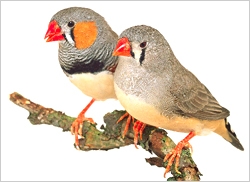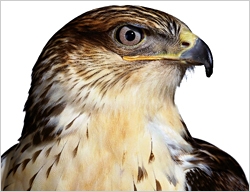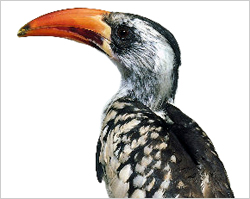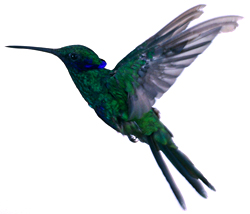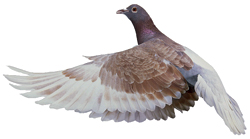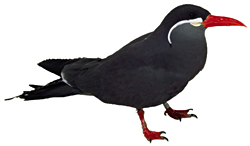DK Science: Birds
Birds are endothermic (warm-blooded) animals that have feathers, beaks, and scales on their legs. They lays eggs, which they usually keep warm in nests until the young hatch. Most birds are good at flying. They have powerful wings and light, strong bones. Flight has enabled birds to colonize every habitat in the world, including remote islands and polar regions.
A bird’s bones are mostly hollow, with no marrow. Struts, called trabeculae, strengthen the bones so that they do not break in flight. In some bones, the hollow cavities contain extensions of the air sacs from the lungs. Extensive air sacs enable the bird to get the oxygen it needs to fly quickly and easily.
A number of birds can no longer fly. The ostrich could outrun an attacking animal, so did not need flight to escape. The kiwi, in New Zealand, had no natural predators, so could adapt to life on the ground. The penguin lives at sea and swims rather than flies.
The Eurasian kingfisher is skilled at diving for fish. It folds its wings back to enter the water, catches a fish in its pointed beak, and pushes its wings down to resurface. The kingfisher can see underwater better than other birds because a clear membrane covers its eyes and protects them. The Eurasian kingfisher eats fish, but most of its relatives catch insects.
There are 9,000 species in a total of 29 orders. They all lay eggs that are protected by a light, strong, calcium-carbonate shell. Birds work hard to try to ensure that their chicks survive.
(woodpeckers, toucans)
Features: two backward, two forward toes, long, pointed bill, head can absorb shocks
(hummingbirds, swifts)
Features: nectar feeders, acrobatic fliers, rapid wing beat, can hover
